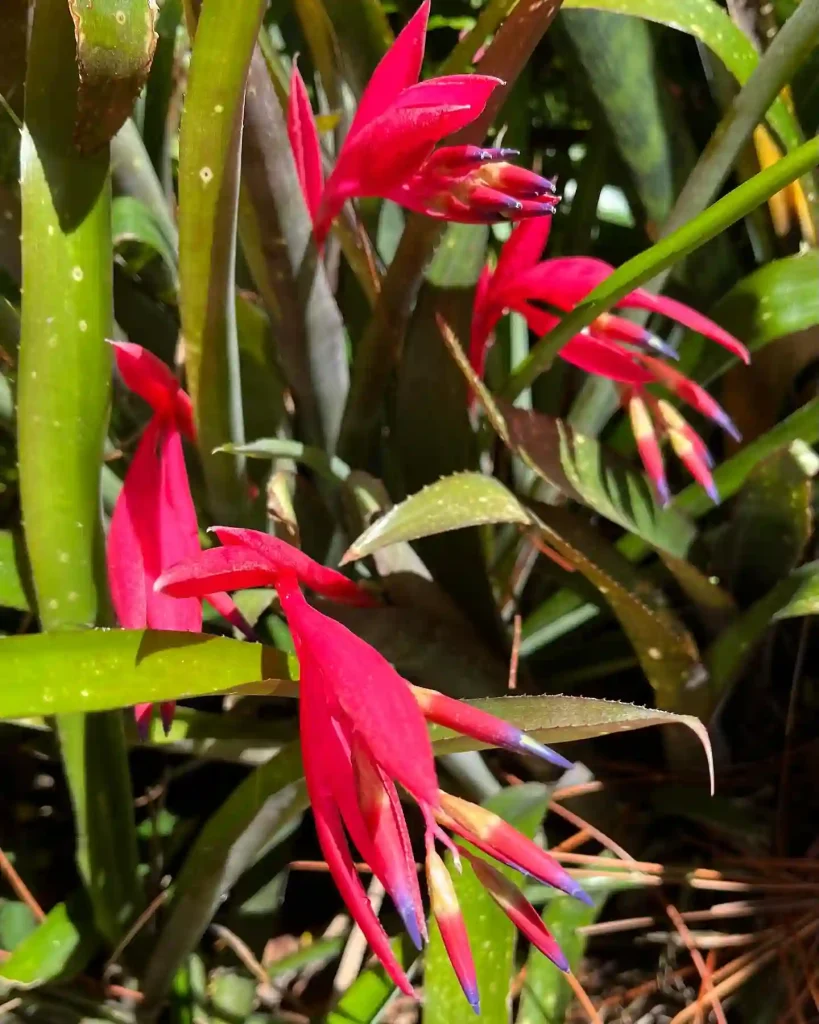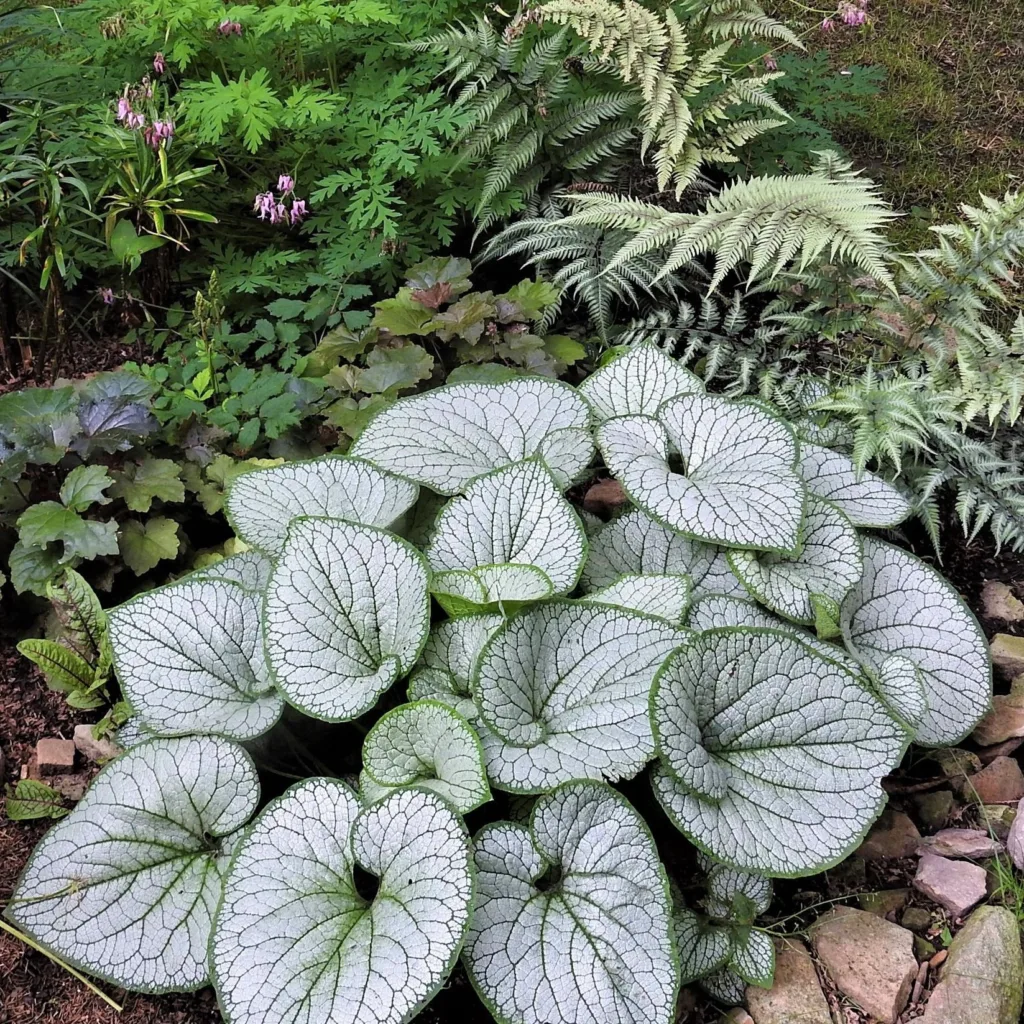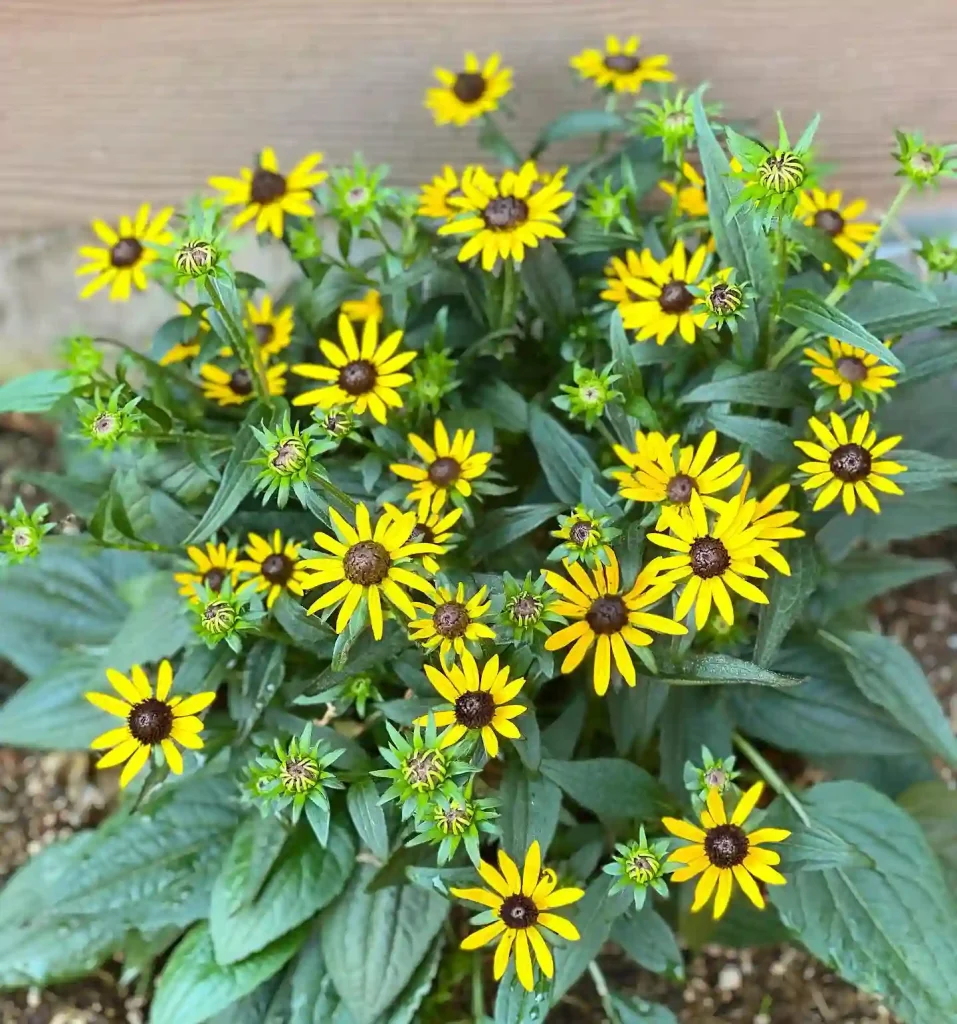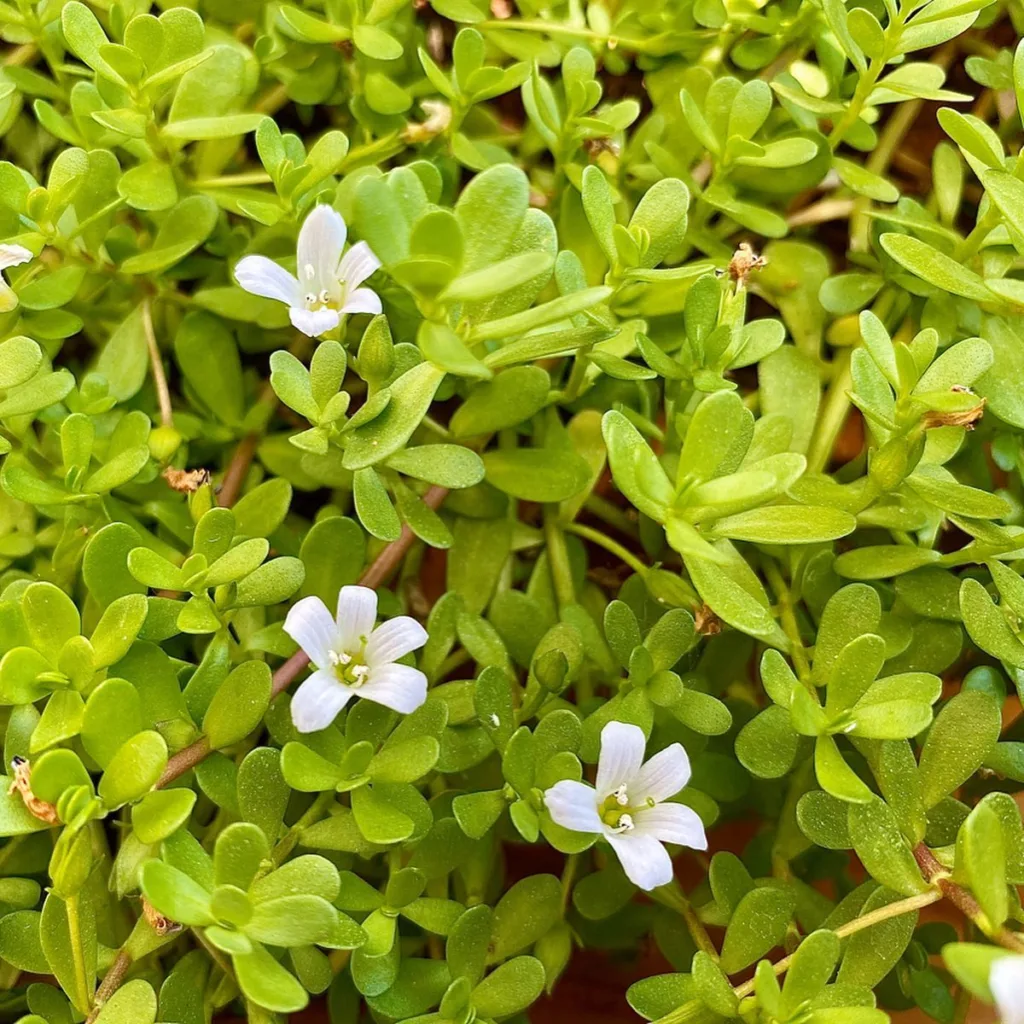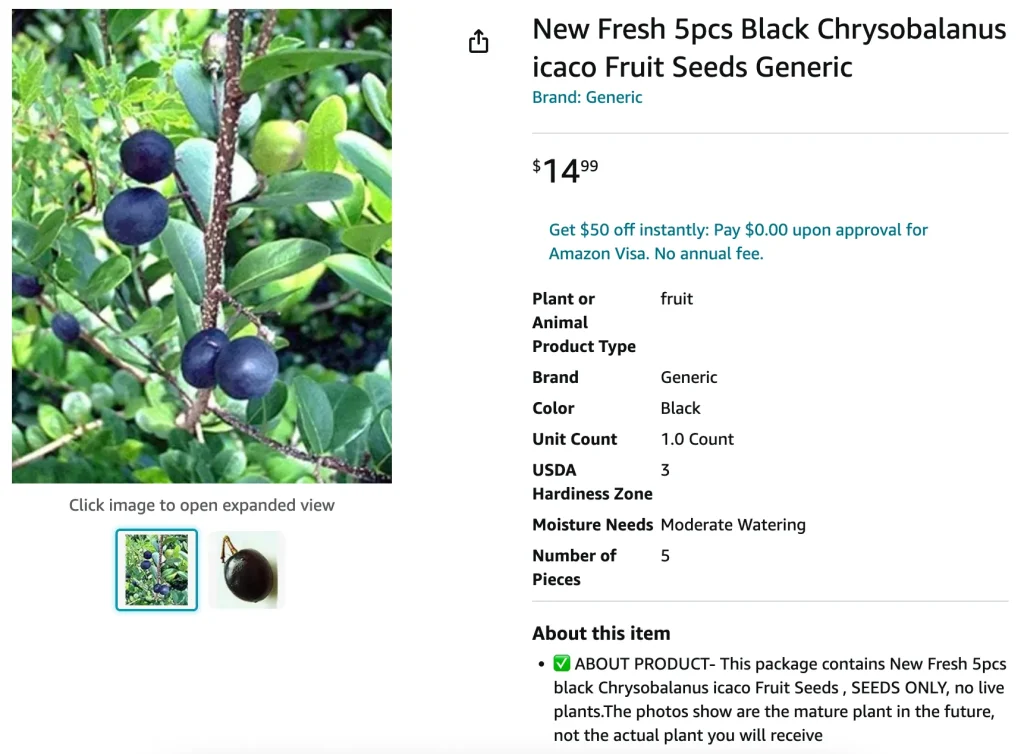
FAQs About Chrysobalanus Icaco
As a plant enthusiast, I’ve always had a fascination with Chrysobalanus Icaco, also known as the Cocoplum. This tropical shrub offers a lot of beauty and utility, but it also raises several questions. Let me walk you through some common FAQs about this intriguing plant.
What Is Chrysobalanus Icaco?
Chrysobalanus Icaco, commonly known as Cocoplum, belong to the Chrysobalanaceae family, is a versatile and attractive shrub native to tropical and subtropical regions. It features glossy, dark green leaves and produces small, white or pink flowers followed by edible, plum-like fruits. The plant is known for its dense foliage and adaptability, making it a popular choice for landscaping and hedges.
Plant Family: 27 Genera in Chrysobalanaceae – Cocoplum Family
Where to Buy Chrysobalanus Icaco?
If you’re looking to buy Chrysobalanus Icaco, you have several options. Many local nurseries and garden centers that specialize in tropical plants will carry this species. You can also find it through online plant retailers and specialty plant shops. Websites like Amazon, eBay, and local online marketplaces often have Chrysobalanus Icaco available for purchase. When buying online, ensure you’re sourcing from reputable sellers to guarantee plant health and quality.
How to Care for Chrysobalanus Icaco?
Caring for Chrysobalanus Icaco is relatively straightforward. Here are some key points:
- Light: Cocoplum thrives in full sun to partial shade. For best results, plant it in a location that receives plenty of sunlight.
- Soil: It prefers well-draining soil. While it can tolerate a range of soil types, ensuring good drainage is crucial to prevent root rot.
- Watering: Regular watering is essential, especially during dry periods. However, avoid overwatering as this can lead to root problems.
- Pruning: Regular pruning helps maintain its shape and encourages bushier growth. Trim it back as needed to control its size and promote dense foliage.
How to Propagate Chrysobalanus Icaco?
Propagation of Chrysobalanus Icaco can be done through several methods:
- Cuttings: Taking semi-hardwood cuttings in late summer is an effective way to propagate this plant. Dip the cut end in rooting hormone and plant it in a well-draining medium.
- Seeds: You can also propagate through seeds. Start them in a seed tray with a moist, well-draining soil mix. Keep the seeds warm and consistently moist until germination.
What to Plant With Chrysobalanus Icaco?
Cocoplum pairs well with various companion plants. Consider planting it with:
- Tropical Hibiscus: The vibrant flowers complement the Cocoplum’s dense foliage.
- Bird of Paradise: Both plants thrive in similar conditions and create a lush, tropical look.
- Lantana: Adds a burst of color and attracts pollinators to your garden.
Can You Grow Chrysobalanus Icaco Indoors?
Chrysobalanus Icaco is primarily an outdoor plant due to its size and light requirements. However, if you have a large, well-lit indoor space or a sunroom, you might successfully grow it indoors. Ensure it gets adequate light and has enough room to grow, as indoor environments can limit its full potential.
Is Chrysobalanus Icaco Toxic?
Chrysobalanus Icaco is not known to be toxic to humans or pets. The fruit is edible and is often consumed in various forms, including jams and preserves. However, it’s always wise to monitor pets and children around plants, just in case.
Benefits of Chrysobalanus Icaco
Cocoplum offers several benefits:
- Aesthetic Appeal: Its glossy leaves and attractive fruits make it a lovely addition to any garden.
- Privacy Screening: It’s great for creating dense hedges or privacy screens due to its thick foliage.
- Wildlife Friendly: The flowers and fruits attract various wildlife, including birds and pollinators.
Common Problems with Chrysobalanus Icaco
While generally easy to care for, Chrysobalanus Icaco can face some issues:
- Pests: Watch out for common pests like aphids or spider mites. Regular inspection and treatment with insecticidal soap can help manage these pests.
- Diseases: Root rot can be a problem if the plant is overwatered. Ensure good drainage to prevent this issue.
How Does Chrysobalanus Icaco Compare to Similar Plants?
Chrysobalanus Icaco is often confused with other tropical shrubs like:
- Jaboticaba: While both produce edible fruits, Jaboticaba is more of a tree and has a different fruiting pattern.
- Myrica Cerifera: Also known as Wax Myrtle, it has similar uses in landscaping but differs in its leaf shape and fruit.
In summary, Chrysobalanus Icaco is a versatile and beautiful plant that offers numerous benefits. Whether you’re adding it to your garden or considering it for indoor growth, understanding its care requirements and potential issues will help you enjoy its many qualities.
If i die, water my plants!
